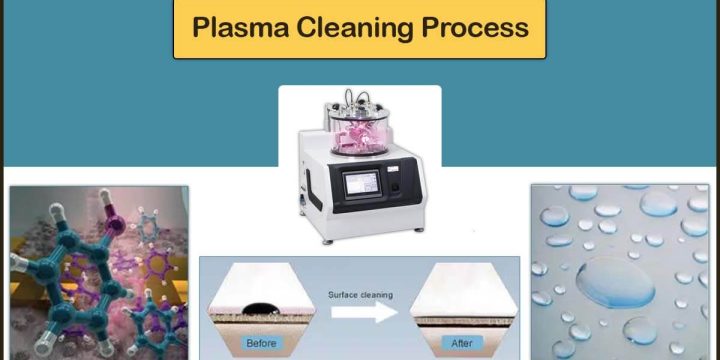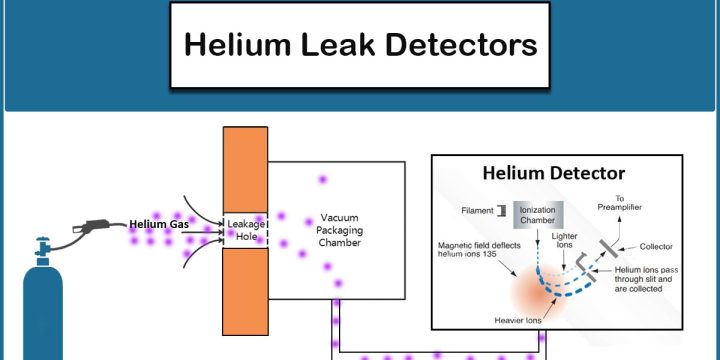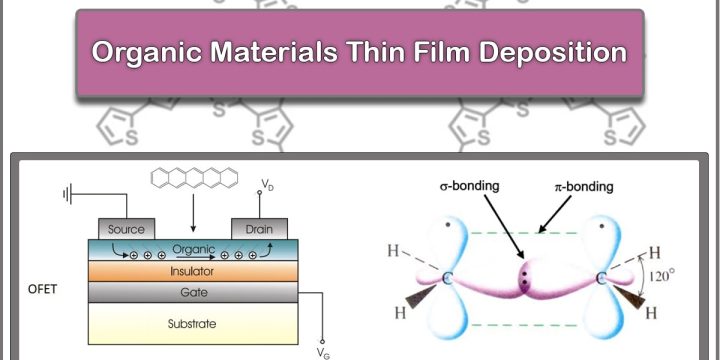
Plasma Cleaning | What is Plasma Cleaner?
[vc_row][vc_column width="3/4"][vc_row_inner][vc_column_inner][vc_column_text] What is Plasma Cleaning? Surface cleaning using plasma is an economical way to clean specimens uniformly and securely through plasma treatment. Removal of contaminants from the studied substrates without affecting the overall properties of the material is one of the benefits of the plasma surface cleaning method. Plasma cleaning is widely used in the circuit industry, including cleaning the PCB board before coating and cleaning the lead frames during the packaging process. Plasma sample cleaning has significant advantages over other surface cleaning methods as it applies to a wide range of materials, is eco-friendly, residual-free, and effective in highly sensitive applications like cleaning medical equipment. [/vc_column_text][/vc_column_inner][/vc_row_inner][vc_row_inner css=".vc_custom_1714061528273{background-color: #d9d9d9 !important;}"][vc_column_inner width="1/2"][vc_cta h2="" txt_align="center" style="3d" color="mulled-wine" add_button="bottom" btn_title="What is Plasma?" btn_style="3d" btn_color="juicy-pink" btn_align="center" btn_link="url:https%3A%2F%2Fvaccoat.com%2Fblog%2Fwhat-is-plasma%2F|title:What%20is%20Plasma%3F|target:_blank"][/vc_cta][/vc_column_inner][vc_column_inner width="1/2"][vc_cta h2="" txt_align="center" style="3d" color="mulled-wine" add_button="bottom"…




